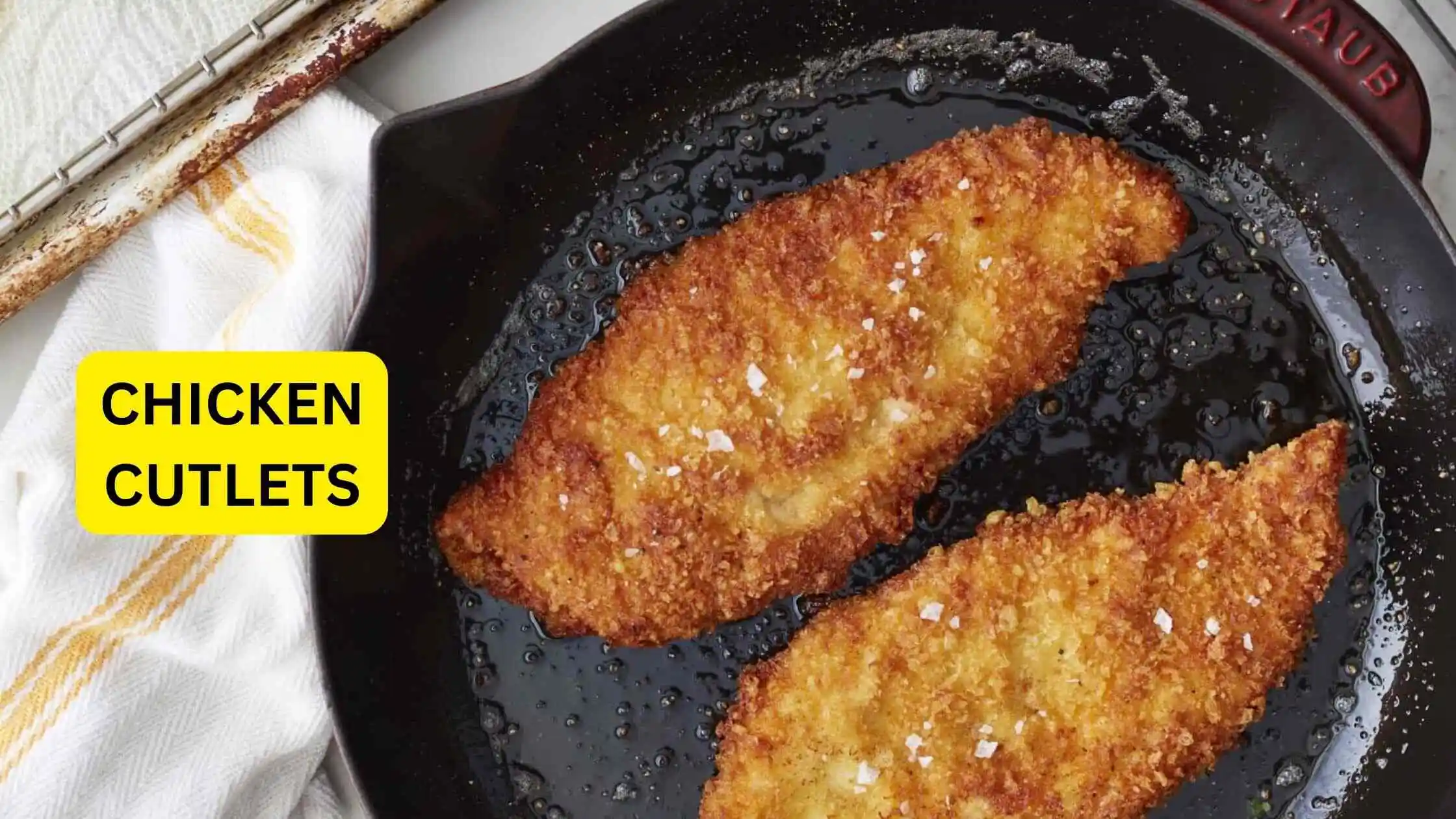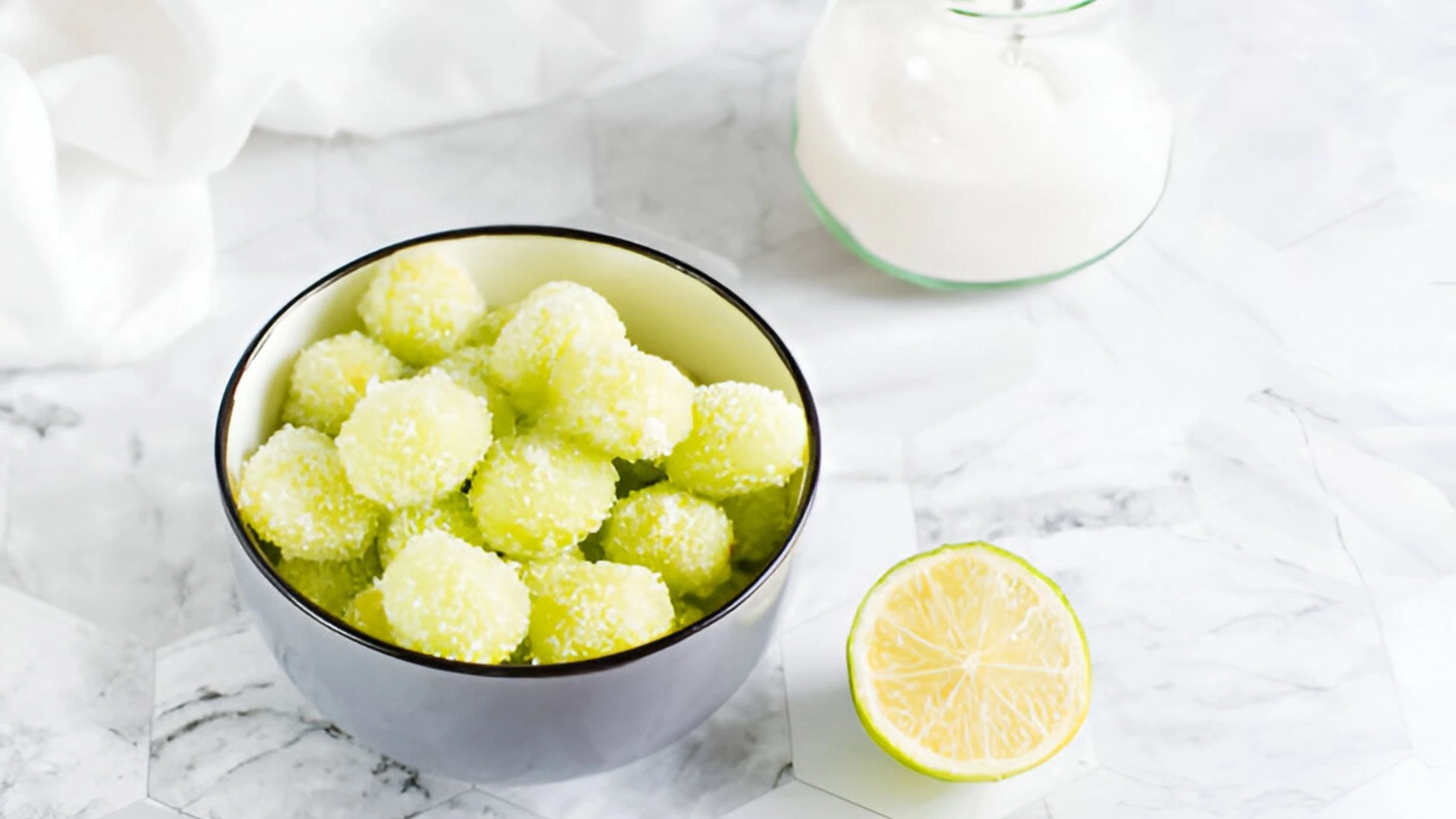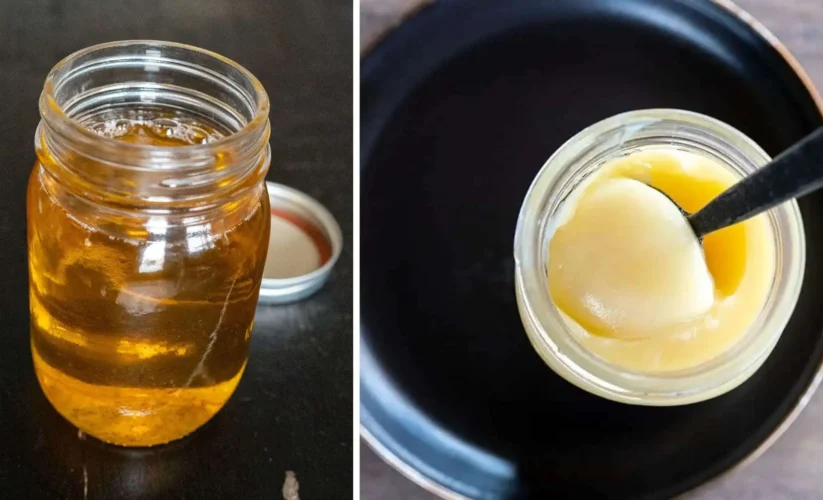
Learn How to Make Beef Tallow
If you want to know How to Make Beef Tallow then you should know beef tallow is a solid form of beef fat that turns liquid when heated. People use it in cooking, making soap, and candles. In the past, Native Americans used it in pemmican, a mix of beef tallow, dried meat, and berries. Even though it’s not as common now, beef tallow can still be used in various ways in the kitchen.
To make beef tallow at home, you cook beef fat until it becomes liquid, strain out impurities, cool, and store it. Beef tallow can handle high heat, making it great for deep frying and cooking at high temperatures. It can replace oils or butter in recipes, giving dishes a unique flavor.
Gathering Your Supplies For How To Make Beef Tallow
Now it’s time to learn how to make beef tallow for that it’s crucial to gather the necessary tools and ingredients.
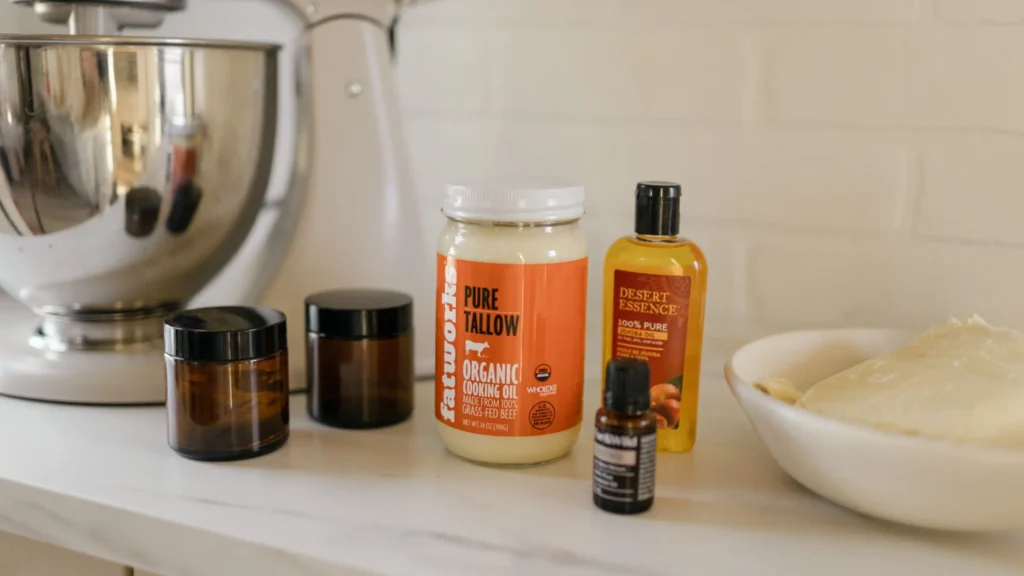
The Ingredient
In first step of our “How to Make Beef Tallow”, You can use different types:
Suet: This is the fat around the kidneys, and it’s great for making clean, high-quality tallow.
Trimmings:Leftover fat from steaks, roasts, or ground beef can also be used. Just make sure they’re fresh and not spoiled.
Essential Equipment:
Our “how to make beef tallow” guide requires you to get following equipments which are:
Heavy-bottomed pot or Dutch oven: It enables consistent heat distribution and prevents burning during the rendering process.
Spatula: For swirling the fat and scraping any particles that stick to the bottom.
Spoon: Used to skim off any contaminants that may rise to the surface.
Cheesecloth: Use cheesecloth or a fine-mesh strainer to separate the rendered liquid tallow from the particles.
Heat-Resistant Containers: Glass jars are great for storing finished tallow because they block light and oxidation.
The Rendering Process
The next step of our guide “How to Make Beef Tallow” is the rendering process. Let’s discover the amazing process of turning simple beef fat into golden and tasty tallow.
Preparing the Fat:
-Slice your beef fat into small cubes, around 1-2 inches in size. This helps to make the fat melt quicker and more efficiently.
-When making beef tallow, use low heat to prevent burning and achieve a clean, white end product. Using high heat can make the tallow darker and more flavorful, which might not be bad, but it gives it a different taste.
The Simmering Transformation:
1. Start by warming the chopped fat in a saucepan on low heat.
2. As it warms up, the fat will start melting, creating liquid tallow and crunchy bits. This process can take 2 to 4 hours, depending on how much fat and heat you use. Stir now and then to prevent sticking and to ensure it melts evenly.
3. Once the crunchy bits turn golden and the liquid becomes clear, your tallow is done. This indicates that all the fat has been rendered, and you can now separate the liquid from the solids.
Straining and Clarifying:
– After heating the tallow, strain it through cheesecloth or a fine strainer into a heat-safe container to remove any crunchy bits and get a smooth liquid tallow.
– Let the strained tallow sit for a while, so any leftover bits float to the surface, making it easy to skim them off and get a clean final product.
Flavoring Your Tallow
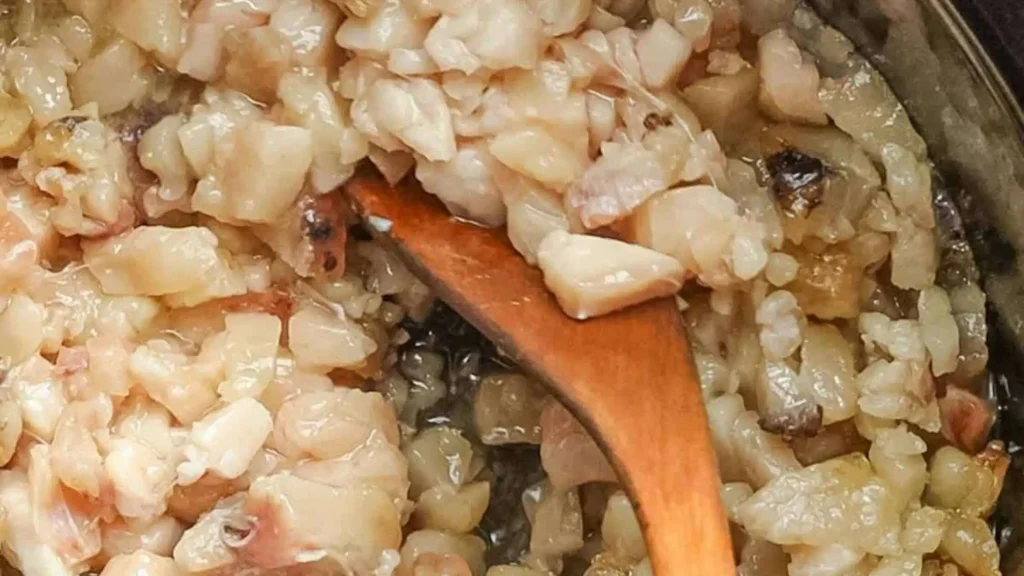
Homemade beef tallow boasts a naturally rich and savory flavor, but for those seeking an extra layer of complexity, here’s the exciting world of infusing your tallow:
Unleashing the Flavor Potential
– Herbs like rosemary, thyme, and sage for a classic earthy smell.
– Spices such as chili flakes for a kick, and black pepper or garlic powder for a warm and savory richness.
– Aromatics like garlic, shallots, or citrus peels for subtle but interesting flavor hints.
Mastering the Art of Infusion:
-Put your favorite herbs, spices, or aromatics directly into the pot with the fat while it’s melting. This helps the flavors spread well in the cooking fat.
-After melting the fat, filter out the hot liquid and put in your chosen flavorings. Let them soak for a few hours, then filter again to get rid of any bits.
Things to Avoid
To make good beef tallow safely, use top-quality fat from trusted sources to prevent spoiling. Don’t overheat it when melting, as this can ruin it. Finally, strain it well to get rid of any bits that could affect its taste and quality.
Storing Your Tallow:
To keep beef tallow fresh, store it in a cool, dark place in a sealed container. Refrigerating or freezing large batches helps it last longer. Stored well, beef fat can stay good for months, adding flavor to your cooking.
Our “How to Make Beef Tallow” guide ends here. Make your own delicious beef fat at home by getting good-quality beef fat, melting it down carefully, and storing it correctly. You can use this tasty ingredient for frying, baking, or adding flavor to your meals. Homemade beef tallow is a great and valuable addition to your cooking skills.



